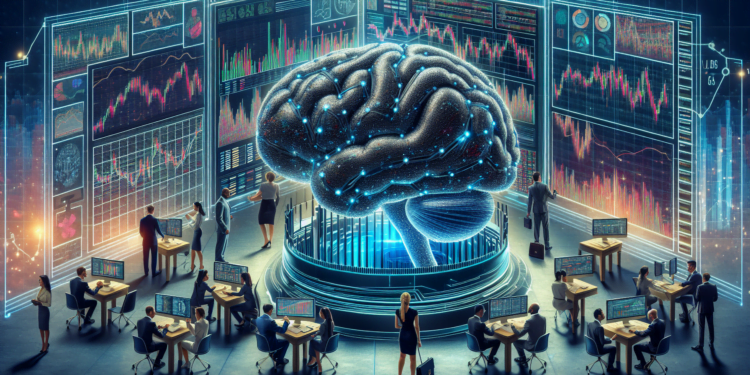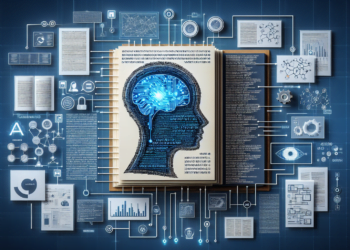The intersection between artificial intelligence (AI) and finance has become one of the most dynamic and disruptive innovation focal points in the last decade. The convergence of large data volumes, advanced computational capacity, and increasingly accurate AI models has catalyzed a real revolution in financial markets. This article breaks down the recent AI advancements in finance, highlighting both its current application and its future disruptive potential.
Theoretical Foundations and Evolution of Algorithms
Starting with quantitative finance, its essence lies in using complex mathematical models to analyze financial markets and make investment decisions. At the forefront of these models are Deep Neural Networks (DNNs), effective in recognizing complex and nonlinear patterns from large volumes of data. Their evolution from simple perceptrons to deep architectures with thousands of neurons has made it possible to model the sequenciality of financial data through Recurrent Neural Networks (RNNs) and their most successful variant, Long Short-Term Memory (LSTM) networks.
In parallel, recent advances in reinforcement learning, where agents learn to make optimal decisions through interaction with an environment, have opened the door to automated investment applications. These are complemented by unsupervised learning techniques such as clustering algorithms, which have proven effective in detecting implicit correlations between financial assets and in identifying market anomalies.
Processing and Analysis of Large Volumes of Data
Quantitative finance is a voracious consumer of data. Here, AI plays a crucial role in processing and analyzing immense datasets, or ‘big data’, which includes not only prices and transaction volumes but also unstructured data such as news, economic reports, and even social media data. Natural Language Processing (NLP) techniques like sentiment analysis have become standard tools for quantifying the tone and emotions expressed in text, providing an additional dimension to predictive models.
Within NLP, models based on Transformers, such as BERT (Bidirectional Encoder Representations from Transformers) and GPT (Generative Pretrained Transformer), represent a qualitative leap. These algorithms learn complex contextuality and can detect nuances in data that were previously imperceptible to machines.
Emerging Practical Applications and Case Studies
Predicting market trends continues to be the Holy Grail of quantitative finance. Investment firms use AI predictive models to identify arbitrage opportunities and for risk management. A case study emblematic of this is quantitative funds like Renaissance Technologies, which have led the use of sophisticated mathematical models, including AI methods, to generate investment returns above market standards.
Simultaneously, the emergence of cryptocurrencies and digital assets has created a new playing field for AI predictive models. As relatively new, volatile, and deregulated markets, they present unique challenges and opportunities for quantitative analysis and prediction using AI models specifically adapted to their characteristics.
Future Directions and Possible Innovations
As AI progresses at a breakneck pace, an even closer convergence between financial theory and practice is anticipated. Future neural network models will likely be even more complex and precise, capable of self-adjusting in real-time, and handling uncertainty more naturally, possibly through approaches based on Bayesian Decision Theory.
Multi-agent reinforcement learning promises to redraw the landscape of automated investment by enabling simulation and optimization in highly competitive and dynamic market environments. Moreover, the growing capability for parallel processing and distributed AI techniques opens the door to the creation of global systems for financial analysis and prediction connected in decentralized networks.
Lastly, the deployment of quantum computing in AI could exponentially accelerate the capacity to solve financial problems that are currently computationally intractable, such as optimizing portfolios in large dimensions or simulating entire economic systems.
Conclusion
Artificial intelligence has transformed the financial sector from the ground up, and it continues to do so at an accelerated pace. Technical advancements intertwine with practical applications that continually challenge the boundaries of financial analysis and market prediction. By staying alert to these developments, we can anticipate not only a refinement of existing strategies but also the emergence of radically new approaches that will change the face of quantitative finance in the years to come.






















